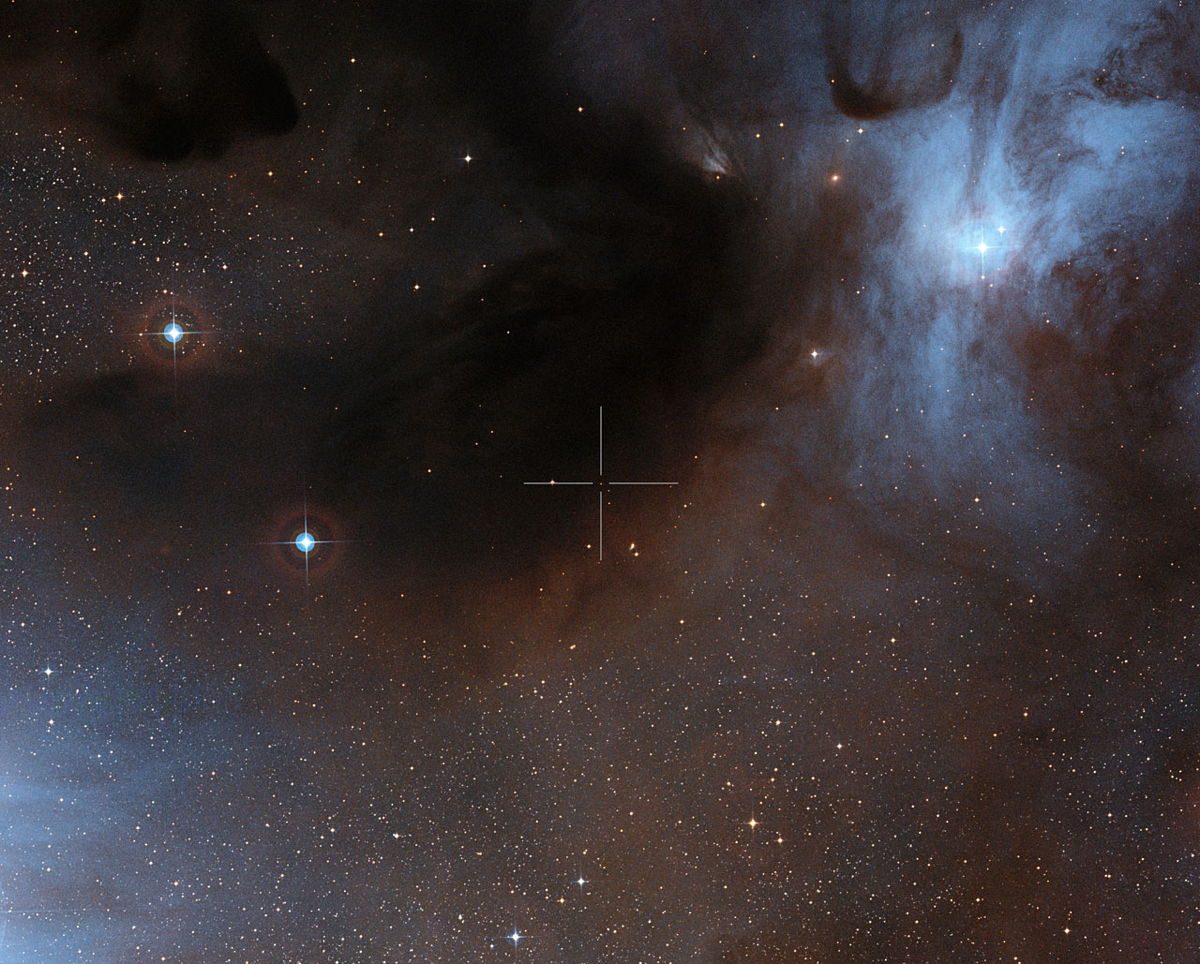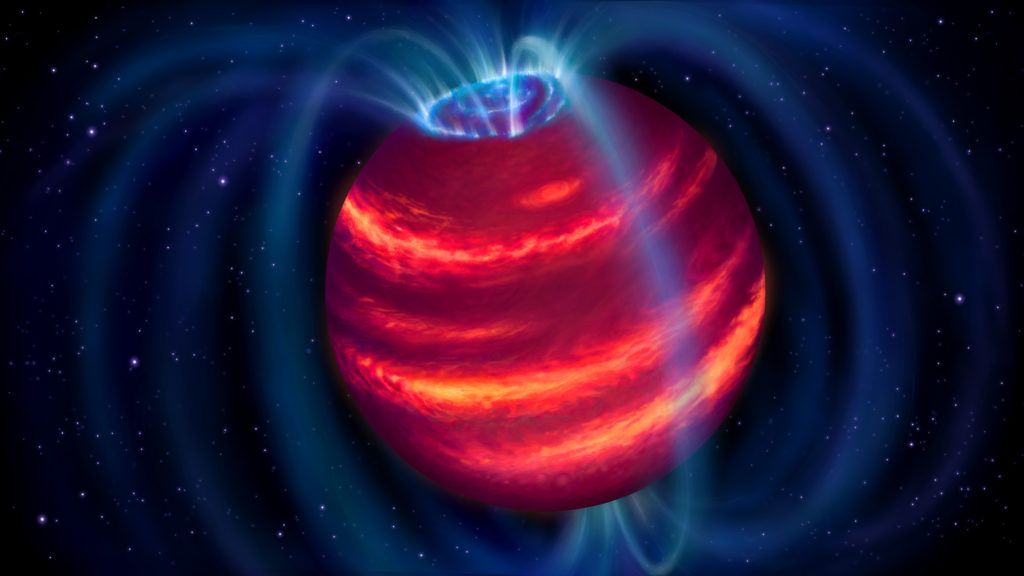Observations from the Low-Frequency Array, or LOFAR radio telescope, revealed a brown dwarf, which researchers have designated BDR J1750+3809 and nicknamed Elegast. Brown dwarfs are sometimes referred to as failed stars or super-planets because they are too small to be considered stars, yet too big to be considered planets.
“This work opens a whole new method to finding the coldest objects floating in the sun’s vicinity, which would otherwise be too faint to discover with the methods used for the past 25 years,” Michael Liu, co-author of the study and researcher from the University of Hawai’i Institute for Astronomy, said in the statement.

The researchers first discovered Elegast using the LOFAR radio telescope based in the Netherlands. Their observations were then later confirmed using the International Gemini Observatory in Hawaii and Chile and the NASA Infrared Telescope Facility, which is operated by the University of Hawaiʻi.
“We asked ourselves, ‘Why point our radio telescope at catalogued brown dwarfs?'” Harish Vedantham, the lead author of the study and astronomer from the Netherlands Institute for Radio Astronomy (ASTRON), said in the statement. “Let’s just make a large image of the sky and discover these objects directly in the radio.”

Using the LOFAR instrument to detect Elegast represents an innovative approach that could help scientists discover other celestial objects, such as gas giant exoplanets, that are too cold or faint to be detected by infrared surveys, according to the statement.















